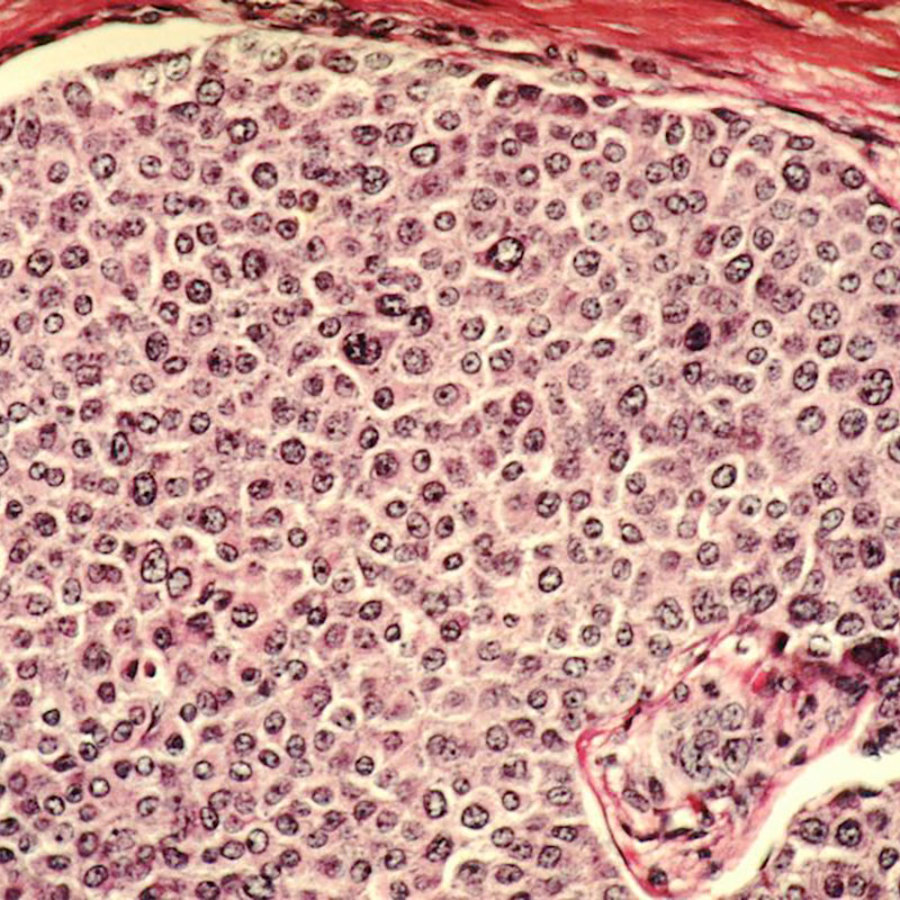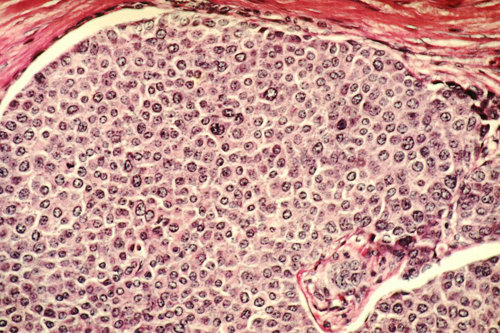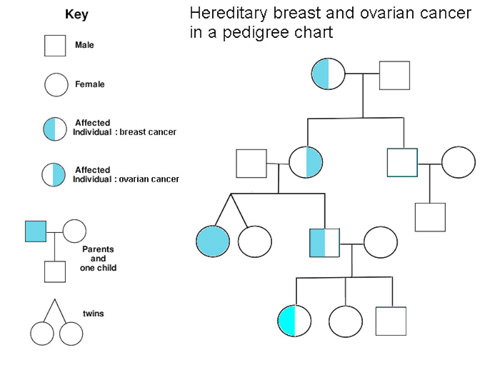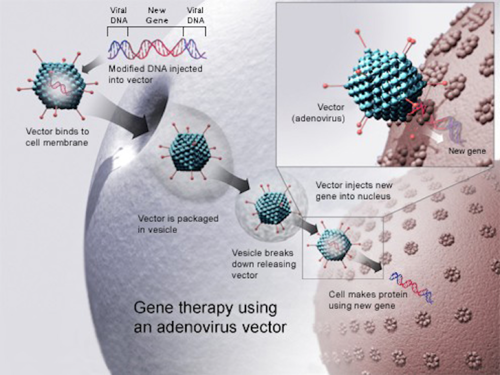
Can cancer be cured with gene therapy?
April 3, 2008

- Related Topics:
- Cancer,
- Genetic engineering,
- Gene therapy
An elementary school student from Texas asks:
“Can cancer be cured with gene therapy?”
Cancers aren’t yet being cured with gene therapy. But some early work being done in China looks very promising. Unfortunately for cancer patients, this treatment isn’t quite ready for prime time yet.
In some ways it is surprising that gene therapy hasn’t been more successful in treating cancer. Gene therapy is where a working gene is added to a cell that has a broken gene. And cancer is caused by broken genes.
But cancer results from damage in lots of different genes. In fact, many of the over 200 kinds of cancer are probably caused by different broken genes. This means gene therapy would probably need to add different genes to many or all of these different cancers. That is a lot of work!
Another reason gene therapy hasn’t cured cancer is that scientists are still figuring out the best way to get a gene into a cancer cell. Sometimes the gene goes into the wrong place. This can sometimes cause an entirely new cancer in the patient.
Sometimes the gene gets in but then stops working. The cancer is treated for a while but then quickly comes back strong.
Because of these reasons, no one has yet cured a cancer with gene therapy. But let’s dive into the progress so far on creating gene therapies.

Success with Gene Therapy
One famous genetic disease that has been successfully treated with gene therapy is called X-linked Severe Combined Immunodeficiency or “X-SCID.” David, “the boy in the bubble,” had this disease.
David lived in a big plastic bubble because he could not fight off germs if he got sick. The bubble kept the air he breathed free of germs.
David couldn’t fight off germs because his IL2RG gene had a mistake in it. Scientists are now using gene therapy to cure children like David by adding a mistake-free IL2RG gene.
In France, 11 young boys who had X-SCID were all successfully treated with gene therapy. The bad news is that three of them later developed a cancer of the blood called leukemia and one died.1
Risks like this are a big reason why doctors won't be using gene therapy on most people anytime soon.
How Might Doctors use Gene Therapy to Treat Cancer?
Like X-SCID, cancer is also caused by genes with mistakes. It is a genetic disease. But it isn’t exactly the same as other genetic diseases.
This is because cancer usually happens when a gene becomes damaged after we are born. For example, sunlight can damage a gene. Or sometimes our cells accidentally damage their own DNA. Either way, broken genes sometimes lead to cancer.
Of course, everyone knows that cancers can run in families. But these people don’t tend to be born with cancer. Instead, they can be born with genes that make getting cancer more likely.
To understand how this can happen, we need to remember that we have two copies of most of our genes – one from mom and one from dad. Cancer often happens when both copies of a gene are broken. Cancer is more likely in some people because they are born with one copy already damaged.

For example, retinoblastoma is a type of eye cancer. People are not born with retinoblastoma, but they might be born with one damaged gene.
Later in life something in the environment or a cell in the eye can damage the other copy. Now that person will get retinoblastoma.
Whether born with an increased risk or not, people with retinoblastoma have two broken Rb genes.2 So the idea behind gene therapy would be to add back a working copy of the Rb gene to the eye and so shut off the cancer.
This would be pretty useful for the 200-300 kids who get retinoblastoma in the U.S. each year.3 But retinoblastoma is not all cancer. Any cancer gene therapy that scientists dream up using the Rb gene will only be used for a small set of cancers.
What would make gene therapy more useful is adding a gene that targets cancers more generally. Something that many different cancers all share.
One such gene is called ‘p53.’ When this gene is added to many different types of cancer cells, it can help slow them down. Or even kill them off. So far, only China is using this ‘p53 gene therapy’ to try to cure cancer.
Other countries are still trying to figure out how safe it is to add p53 to our cells. They're also not sure how safe it is to deliver p53 with a virus.
This leads us to the second major reason cancer patients aren't being cured with gene therapy right now. Scientists aren’t good at delivering the genes.

How do Doctors put Genes into Our Cells?
Viruses are very good at getting inside of cells which is why scientists started using them to deliver genes for gene therapy. The first viruses used were the same kind that give you a cold. Now scientists are using more advanced kinds, but they all have some of the same problems.
Your body doesn’t like viruses so it destroys them. This happens every time you get sick with a cold virus. That’s also why gene therapy with a virus is difficult – our bodies destroy the virus before it delivers the good gene.
Even when the gene is delivered to the cell by the virus, it is put into the DNA randomly. In other words, the virus can and does sit down anywhere in the DNA. This has been known to cause cancer on its own! Not a good thing if we’re trying to cure cancer in the first place.
So scientists are trying to find a way to get a gene into a cell in a specific spot. One idea to do this doesn't even use a virus at all. It's an enzyme* called ‘PhiC31’ (pronounced ‘fi’ and rhymes with ‘hi’).4
PhiC31 is more specific than viruses about where it inserts a good gene. And unlike with viruses, our immune system ignores it too. You won't see PhiC31 in hospitals for a while though. Scientists need to first make it better at getting those genes into a cell. To get the genes inside some scientists are using pressure to force PhiC31 and the gene into cells.
Other scientists are even putting PhiC31 into empty viruses that can then enter into cells. The virus shouldn't cause cancer because PhiC31 inserts the gene.
So, can cancer be cured with gene therapy? If scientists figure some things out we can get there. And with help from people like you asking our government to put more money into research, we will have that cure even sooner.
*Enzymes are just proteins that have jobs to do in our cells.

Author: Jason Hoyt
When this answer was published in 2008, Jason was a Ph.D. candidate in the Department of Genetics, studying adult stem cell therapy in Michelle Calos’ laboratory. Jason wrote this answer while participating in the Stanford at The Tech program.
 Skip Navigation
Skip Navigation
